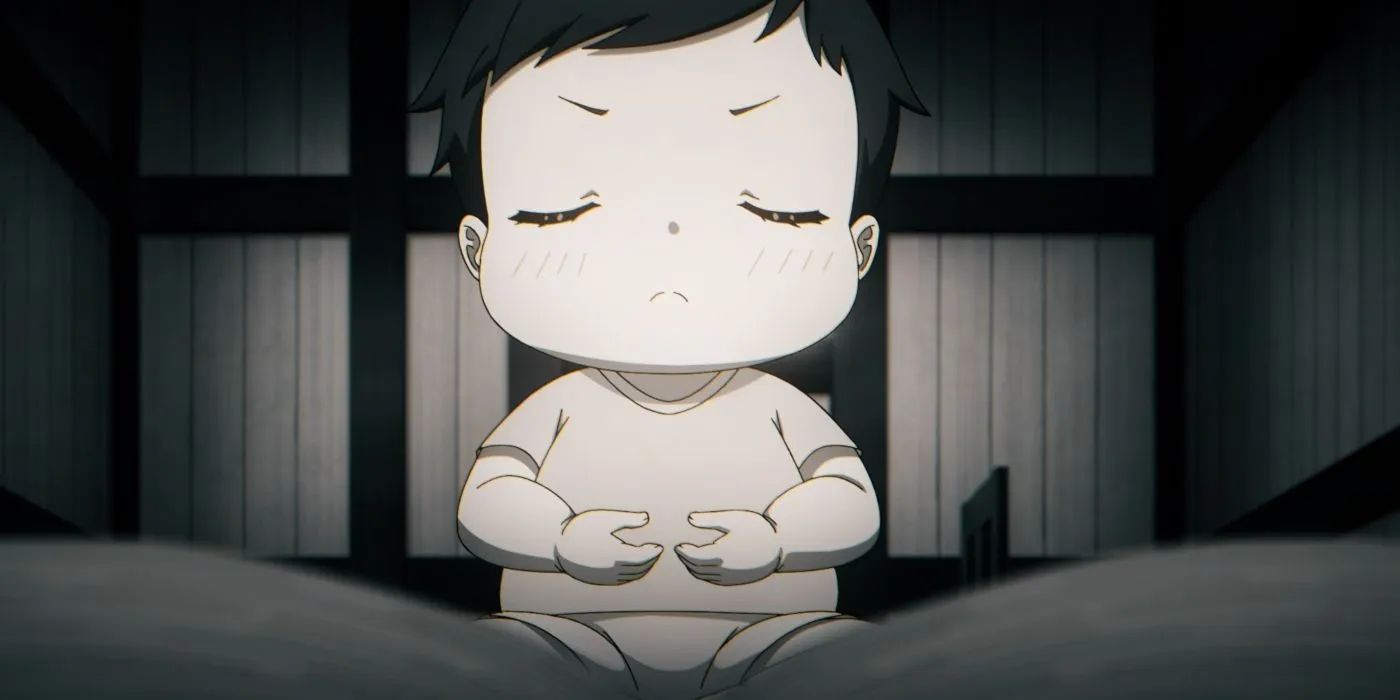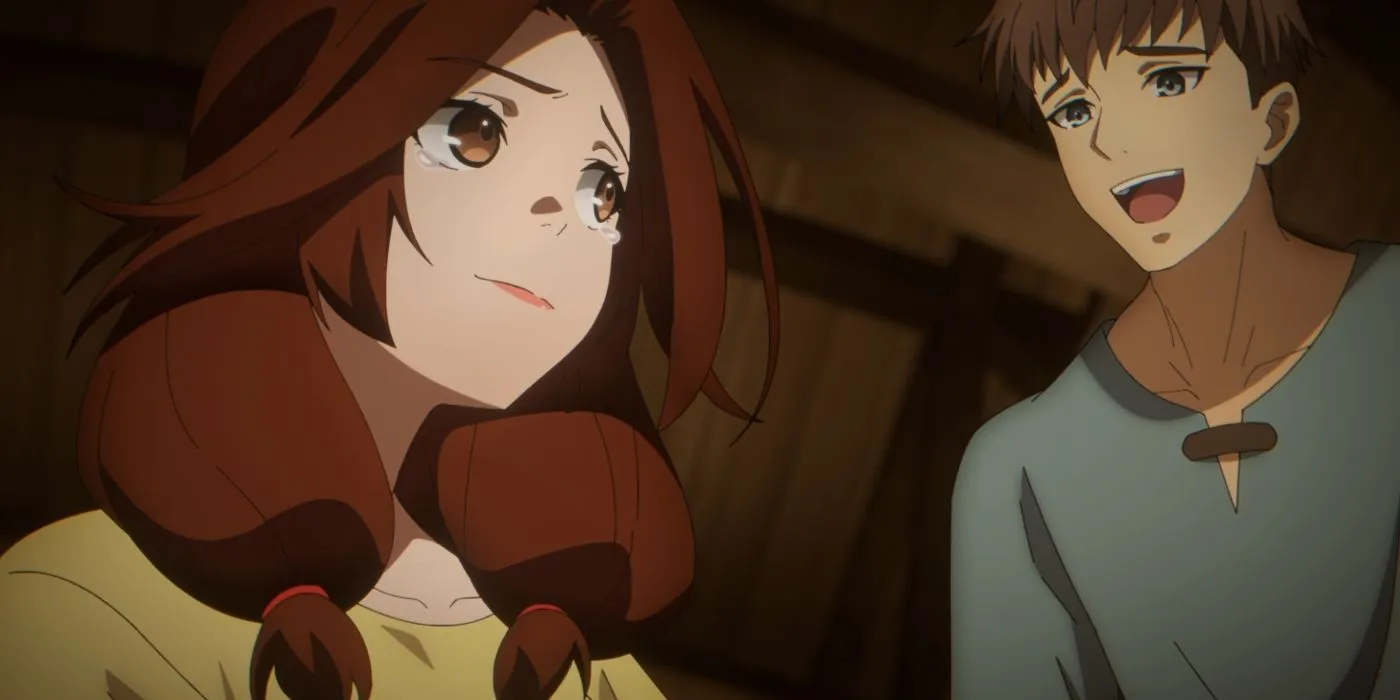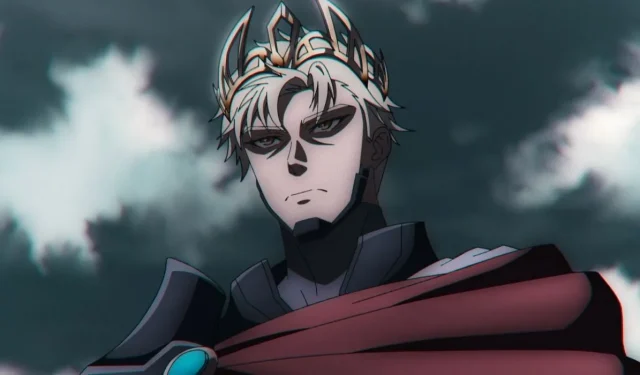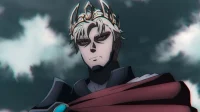Overview
- The anime adaptation of The Beginning After the End delves into darker themes and provides a deeper exploration of King Grey’s past compared to other adaptations.
- This series highlights the stark differences between King Grey’s previous life and Arthur’s new existence, effectively paving the way for key thematic developments.
- The first episode presents a fresh perspective on the protagonist’s challenges and discomforts in an unfamiliar world.
Quick Navigation
Despite having only premiered with a single episode, The Beginning After the End is already carving out its distinct identity within the isekai genre. This anime adaptation effectively adopts a darker tone, reinforced by its artistic choices, while also expanding on the rich backstory of King Grey.
While some viewers have debated these stylistic choices, they stand as a refreshing departure from the well-trodden “ordinary person transported to a fantasy realm” narratives. This article will explore how the initial episode not only enters a unique facet of the isekai classification but also sets itself up for an engaging exploration of innovative themes in future installments.
Harnessing Its Strengths
Focusing on Unique Story Elements

The adaptation of The Beginning After the End is skillfully accentuating the themes and relationships that distinguish it within the crowded isekai landscape. The original webcomic’s strength lies in its willingness to deeply interrogate common tropes, even when this creates an uncomfortable viewing experience.
“I keep wanting to wake up, yet this bizarre dream persists.” -Arthur Lewyin.
In its inaugural episode, the anime takes proactive steps to illuminate King Grey’s background prior to his rebirth. The audience witnesses a darker portrayal of Grey, who is seen amid corpses leading up to his throne and is shown ordering devastating airstrikes against a city. While the notion of an amoral isekai protagonist isn’t groundbreaking, this series brings the viewer into a more complex moral arena by juxtaposing a mass murderer inhabiting the body of an innocent child—an angle often overlooked in similar stories.
As Arthur, the viewers are made to feel his alienation in this new world. His deep, somber voice is at odds with the physical absurdity of a child’s body, prompting the audience to reflect on the strangeness inherent in having a grown man’s consciousness maneuvering through infantile experiences.
“My bodily functions are beyond my control… Nothing is turning out how I would choose. This body is like a prison.” -Arthur Leywin.
While Mushoku Tensei explores similar themes of disorientation with a comedic slant, The Beginning After the End adopts a more subdued approach to humor. It contrasts Arthur’s oppressive thoughts with the comedic absurdity of being metaphorically imprisoned in a child’s body. In this new existence, Arthur’s focus shifts towards survival, emphasizing his need for weapons and strength as he navigates the challenges of this fantasy realm.
Establishing a Contrast
Looking Ahead to Integrate Themes

Even in this initial episode, the benefits of adopting a darker tone become evident as they bolster various themes within the narrative. The in-depth background of King Grey lays a compelling foundation for contrasting Arthur’s tumultuous origins with the kindness of his new family. This relationship challenges Arthur’s previous understanding of familial affection, making it a pivotal point in his character development.
“These days know no end of frustrations, but moments like these aren’t so bad.” -Arthur Leywin.
This darker narrative lens enhances Arthur’s gratitude toward his new parents, who provide the nurturing environment he desperately lacked in his former life. As King Grey, he was embroiled in a constant struggle for validation and safety, plagued by the threat of assassins and devoid of peaceful rest. The mundane realities of toddlerhood present Arthur with a fresh perspective—one that contrasts sharply with the brutal legacy he left behind as a king.
While some viewers critique the animation quality, the series demonstrates promise in its ability to delve deeply into its essential themes and character arcs as it unfolds. Only time will reveal whether The Beginning After the End can live up to the acclaim of its beloved webcomic and light novel origins in the isekai landscape.
Fans can watch The Beginning After the End on Crunchyroll.


